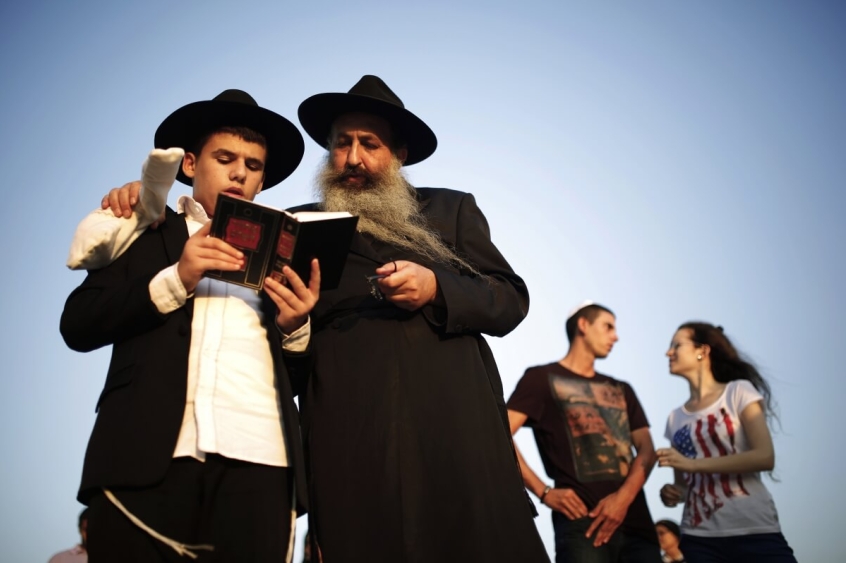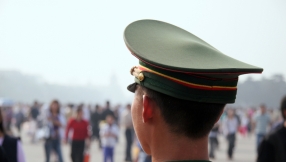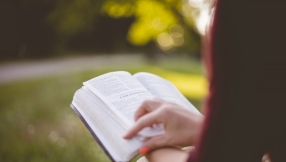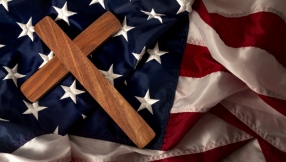
Rosh Hashanah marks the beginning of the High Holy days in the Jewish calendar – the days between Rosh Hashanah and Yom Kippur ten days later (the ten days of repentence). What's it all about? Here's your handy guide...
- You might need a trumpet. Rosh Hashanah means 'head of the year', and marks the start of the new year in the Jewish calendar. It's referred to in Leviticus 23:24-25 as "a sacred assembly commemorated with trumpet blasts." Hence its other name – the Feast of Trumpets. A shofar is blown during the service at the synagogue. (In case you don't already own a shofar and you'd like to join in, they're available on eBay.)
- It is the new year for people... and animals and legal contracts. Technically there are four starting points in the Jewish calendar. Rosh Hashanah comes at the beginning of the month of Tishri, the seventh month, but it is the point at which the Jewish year is marked and the number of the year increases. It is the new year for people, animals and legal contracts. We are entering the year 5775 in the Jewish calendar.
- The exact date varies. The celebration happens on the first and second days of Tishri (usually in September or October). Observance of the day varies. Orthodox Jews will celebrate across two days, while some reformed Jews will often just celebrate one day.
- It's an Adam and Eve thing. At Rosh Hashanah Jews celebrate the creation of the world.
- It's not all 'happy'. Amid the merriment, Rosh Hashanah has a reflective note. The day before, some Jews will visit the graves of relatives or righteous people, to pray to God for a sweet new year. It is believed that the prayers are heard 'in the merit of' the righteous.
- There's a special moment to feed the ducks. Well, not quite. Rosh Hashanah is seen as a time to cast off sin and ask for forgiveness, which is called Tashlich. The idea is taken from Micah 7:19: "You will again have compassion on us; you will tread our sins underfoot and hurl all our iniquities into the depths of the sea." The ceremony used to be marked by emptying your pockets into the water, today it is more common to throw breadcrumbs.
- White as snow. To symbolise the cleansing of sin, some will wear white, and the ark hanging is also changed to white.
- There is good food! Despite the sombre side, no festival is complete without feasting – and this is no exception. Traditional foods include dipping apples in honey, honey cake and raisin challah bread, all symbolising the hope of a sweet new year. The challah is usually round, to represent completeness. (Again, if you want to join in, check out these recipes.)













